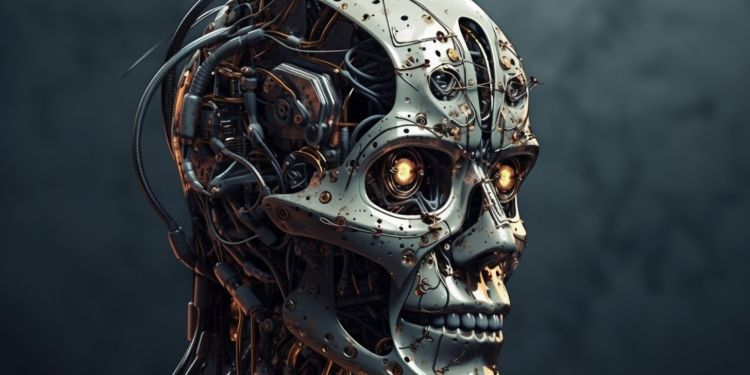A new breakthrough in computing architecture developed by scientists in China may bring humanity closer to achieving artificial general intelligence (AGI). This novel system, inspired by the human brain, promises to revolutionize AI by reducing the computational resources required to train advanced models.
Redefining AI with Brain-Like Models
Most modern AI systems, such as large language models (LLMs) like ChatGPT, function using neural networks. These networks, which simulate certain aspects of human cognition, have revolutionized natural language processing but still fall short of true intelligence. Unlike humans, current AI systems cannot reason, learn from new tasks, or improve themselves. AGI, on the other hand, aims to achieve all of this by enabling machines to think and adapt as humans do.
Traditionally, making AI smarter has required increasing the size and complexity of neural networks. However, this method demands greater computational power, making it unsustainable as the models scale up. Some scientists believe that continuing down this path is impractical, given the accompanying rise in energy consumption.
Internal Complexity Over External Scaling
In a recent study published in Nature Computational Science, researchers propose an alternative approach that focuses on increasing the internal complexity of artificial neurons rather than building larger networks. This new system draws inspiration from the human brain, which operates with extraordinary efficiency despite its complexity. While the brain contains around 100 billion neurons and 1,000 trillion synapses, it functions on a mere 20 watts of power.
The research team used a Hodgkin-Huxley (HH) network model, which is recognized for its accuracy in simulating neural activity. This model allowed the artificial neurons to develop greater internal complexity, enabling them to handle tasks more efficiently. By focusing on making each neuron more intricate, the scientists were able to build smaller models that perform just as well as larger, traditional neural networks.
Implications for the Future of AGI
This breakthrough could represent a major step toward AGI by providing a more efficient and scalable method for training advanced AI models. Unlike traditional neural networks that require vast amounts of computational resources, this new architecture offers a promising path forward by mimicking the efficiency of the human brain.
Though AGI remains a goal yet to be realized, this innovation brings us closer to a future where machines may one day possess the cognitive abilities of humans. While there are many competing visions of how AGI might be achieved, breakthroughs like this show that brain-inspired computing could hold the key to unlocking true general intelligence.











